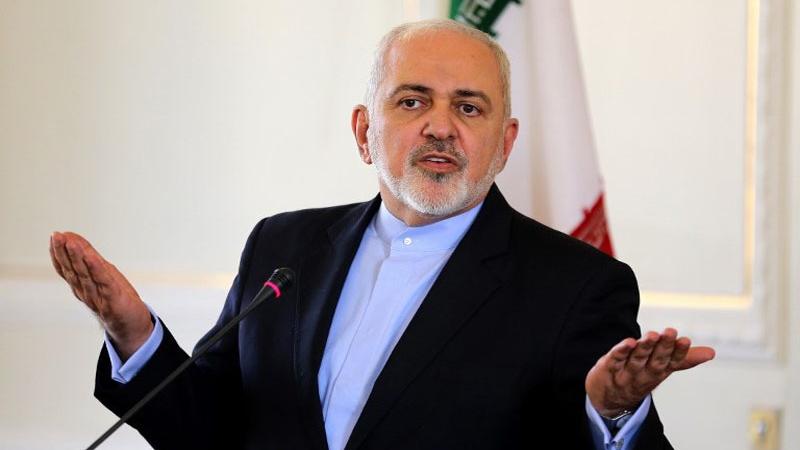Barely a few hours had passed since the resignation of the Iranian foreign minister when a sort of consensus emerged inside the Islamic Republic to reject it. It was a consensus suggesting that the crisis was coming to an end, although the possibility of it reemerging remained.
The visit of Syrian President Bashar al-Assad to Iran came without any protocol preparations, based on Syria’s request for security reasons. Diplomatic norms were not followed, there was no reception at the airport, and there was no media in attendance.
The first meeting was with the Supreme Leader of the Islamic Revolution, Ali Khamenei, attended by the last office manager, Mohamed Mohamedi Kalbekani, and his adviser for international affairs, Ali Akbar Velayati, as well as the head of the Quds Brigade in the Revolutionary Guard, Qassem Soleimani—The Godfather of the visit and its coordinator on every level. That was followed by another meeting with President Hassan Rouhani, also attended by Soleimani.
The visit did not last half a day. The lack of protocol preparations explained the absence of the Syrian flag from the Assad-Rouhani meeting, as the Iranian President himself only learned of the guest’s arrival half an hour after his arrival in Tehran. The absence of the guest countries’ flag from the office of the Supreme Leader is a standard matter. However the most prominent absence was that of Foreign Minister, Mohammad Javad Zarif, who resigned that night.
After news spread widely and images of the meetings were distributed, Zarif pulled the media uproar towards himself, when he announced on his Instagram account that he was resigning due to his absence from the official meetings and them occurring without him being notified.
The absence of Zarif, for him, was the straw that broke the camel’s back. The differences between him and Rouhani have piled up recently. These disputes began with the administration of the nuclear matter, as well as dealings with the Europeans, as well as the matter of the International Convention to Combat Terror Financing, which was agreed upon by the Consultative Assembly, and rejected by the Guardian Council of the Constitution, before being transferred to the Expediency Discernment Council.
Zarif used Assad’s visit to bring his resignation out into the open, although it is not the first time he has submitted it. This has in fact happened three times in private, and Rouhani has rejected it every time. The latest resignation, was also rejected after more than 150 MPs signed a petition asking the president to reject it. Likewise, a group of Iranian diplomats hinted they would resign if the foreign minister left the scene. Everyone then attempted to contain the situation, and to put forward “poor coordination” as a reason for Rouhani to keep his strongest man in government.
So far, there are no candidates to succeed Zarif, nor any talk at all of who will take the helm of the Foreign Ministry. Talk has only revolved among the high powers—the Supreme Leader, the President, the National Security Council, and the Expediency Discernment Council—around Zarif staying in his position, especially given that he has major support, as he is loyal to the reformists but is also close to the Supreme Leader. The main reason for him becoming minister was down to Velayati’s efforts, and Velayati was the conductor of his return to the platform of international action, after he had been transferred to academic education during he presidency of Ahmadinejad.
It is clear that a retraction of the rejected resignation is likely near. However, nevertheless, Zarif’s measure will open the doors to bolstering the disputes within the Islamic Republic, despite the strength of the ruling system.
This article was translated and edited by The Syrian Observer. Responsibility for the information and views set out in this article lies entirely with the author.


